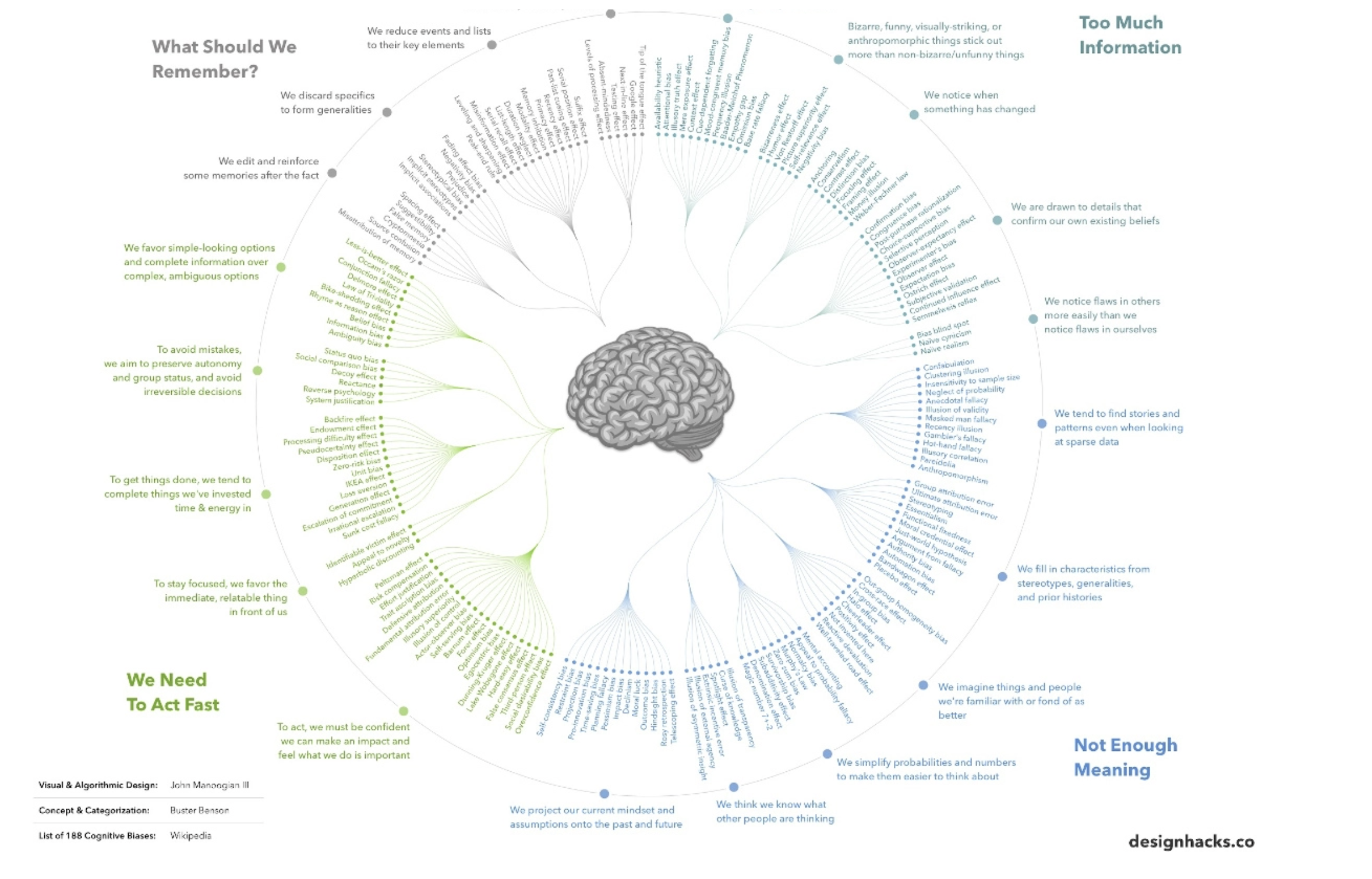Related Blogs
May 17, 2023 | Avalon Team
Starting today and over the next several weeks, we’ll be reviewing some of the foundational research that Avalon’s portfolio management style is built on.
We’ll share the research papers and the practical real-world applications with the goal to provide you with a thorough understanding of our approach.
As clients and long-time readers know, our preferred approach to managing assets is through the use of systematic rules-based models.
Why this approach versus the many other available approaches to managing money?
Well, let’s start with a popular study conducted annually by Boston-based research firm DALBAR.
Since 1994, DALBAR’s Quantitative Analysis of Investor Behavior (QAIB) has measured the effects of investor decisions to buy, sell, and switch into and out of mutual funds over short and long-term timeframes. These effects are measured from the perspective of the investor and do not represent the performance of the investments themselves.
The results consistently show that the average investor earns less – in many cases, much less – than mutual fund performance reports would suggest.
How bad? This chart sums it up.
Why the difference? We can sum it up in one word: Behavior.
For example, this chart shows what true 20-year buy-and-hold stock and bond index fund investors would have earned on an annualized basis.
Long-term (20-year) stock investors would have returned greater than 5% per year, while bond investors would have earned greater than 4% annually.
However, investors are impatient and often jump in and out of the market, diminishing their returns.
Other DALBAR data showed that investors simply do not have the patience to stay invested for more than a few years.
The principles of behavioral finance help explain why investors often make buy and sell decisions that contradict best investment practices.
In order to correct the behavior, investors should understand that there are some common behavioral traits that all investors share, including:
- Loss aversion: expecting high returns with low risk.
- Narrow framing: making decisions without considering all implications.
- Anchoring: relating to familiar experiences, even when inappropriate.
- Mental accounting: taking undue risk in one area and avoiding rational risk in others.
- Diversification: seeking to reduce risk by simply using different sources, giving no thought to how such sources interact.
- Herding: copying the behavior of others, even in the face of unfavorable outcomes.
- Regret: treating errors of commission more seriously than errors of omission.
- Media response: reacting to the news without reasonable examination.
- Optimism: believing that good things happen to “me” and bad things happen to “others,” leading to improper risk management.
The fact is, as mere humans, we’re bound to make mistakes.
The human brain is capable of incredible things, but it’s also extremely flawed at times.
Science has shown that we tend to make all sorts of mental mistakes called “cognitive biases” that can affect both our thinking and actions. These biases can lead to us extrapolating information from the wrong sources, seeking to confirm existing beliefs, or failing to remember events the way they actually happened.
What is a Cognitive Bias?
Humans have a tendency to think in particular ways that can lead to systematic deviations from making rational judgments. These tendencies usually arise from:
- Information processing shortcuts
- The limited processing ability of the brain
- Emotional and moral motivations
- Distortions in storing and retrieving memories
- Social influence
Some emotional responses are hard-wired into our brains and are part of our primitive fight-or-flight survival mechanisms. Thus, it’s nearly impossible to avoid making emotional decisions, even when we are aware of them.
The solution for investors?
Use investment approaches that eliminate the input of human emotions as much as possible.
While it is never entirely possible to eliminate all human emotions, a systematic, rules-based investment process can go a long way toward removing detrimental emotional inputs that lead investors to poor performance.
How is this done?
By defining the rules for how and why security will be bought in advance.
There are many advantages to this approach outside of just the elimination of human emotion.
A well-defined rules-based system will also provide investors with a greater degree of predictability. We’ll cover that next time in our series.
For now, understand that the use of rules-based models is one of the easiest ways to improve performance.
We are saving us from ourselves.
If you have any questions or have been considering hiring an advisor, then schedule a free consultation with one of our advisors today. There’s no risk or obligation—let's just talk.
Tags

Free Guide: How to Find the Best Advisor for You
Get our absolutely free guide that covers different types of advisory services you'll encounter, differences between RIAs and broker-dealers, questions you’ll want to ask when interviewing advisors, and data any good financial advisor should know about you and your portfolio.




